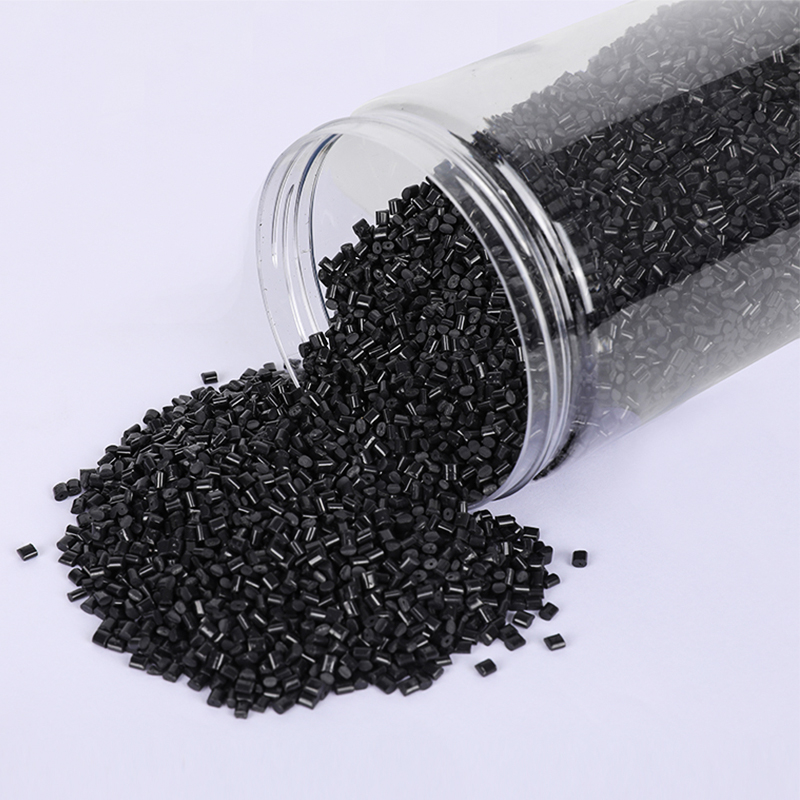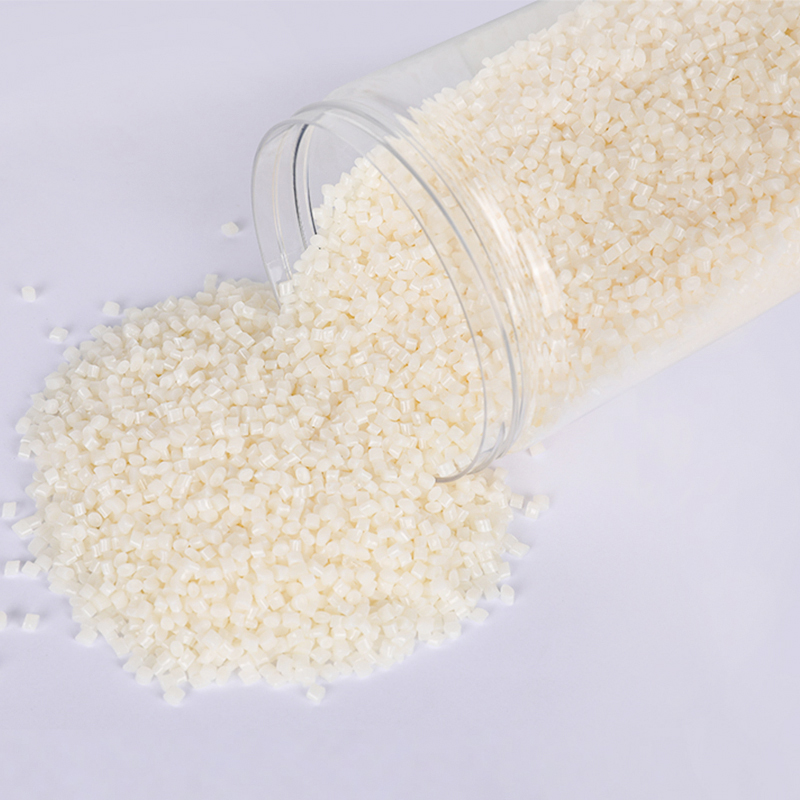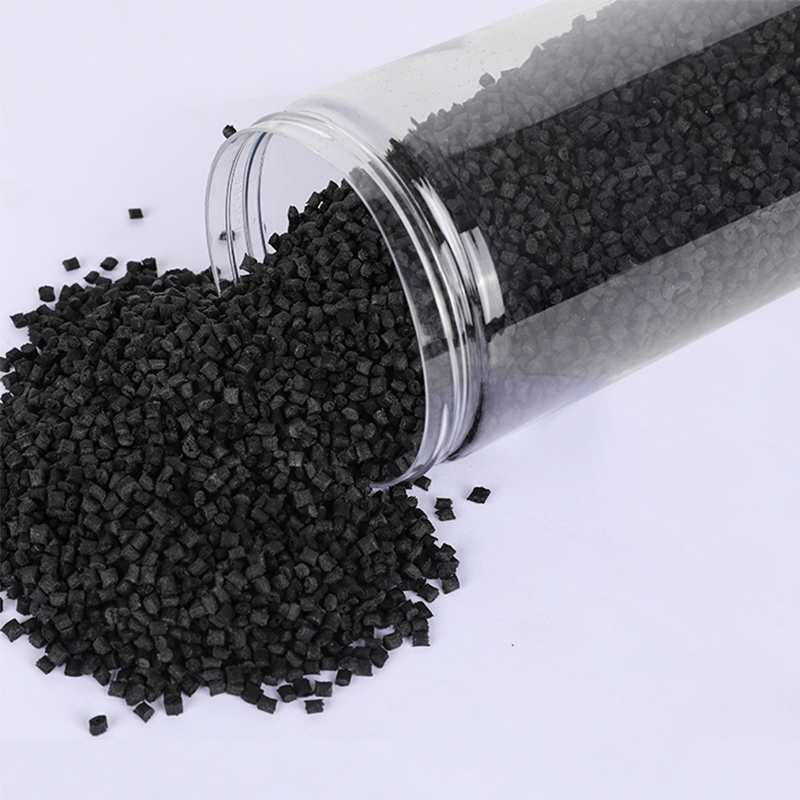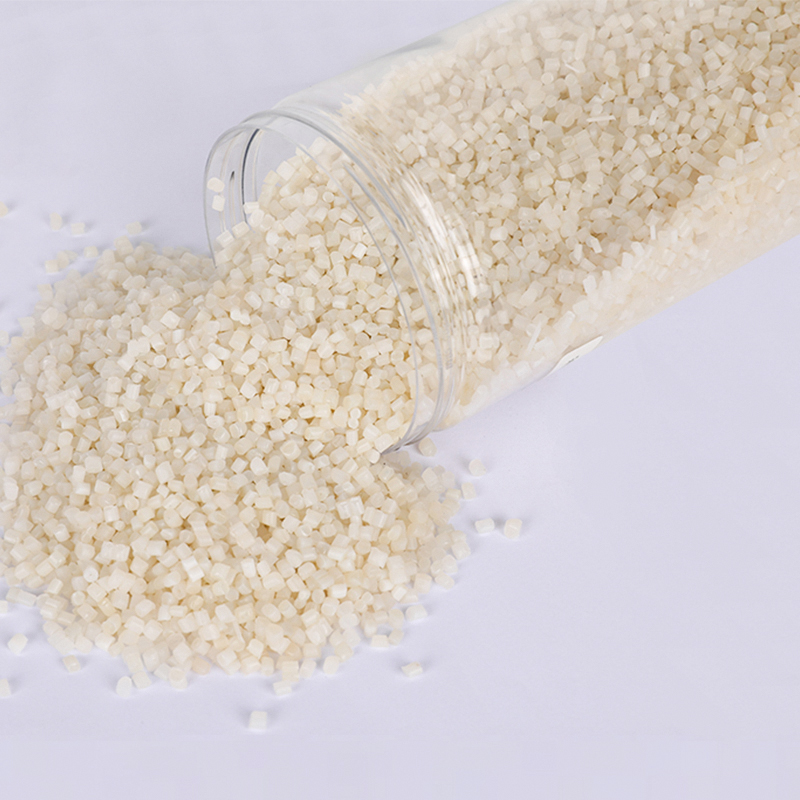Stay up to date with our recent products
Web Menu
Product Search
Exit Menu
Chemical Recycled PP Packaging: Sustainable Solution
Understanding Chemical Recycled PP Packaging
Chemical recycled polypropylene (PP) packaging refers to packaging materials produced by breaking down used PP plastics into their chemical components and reconstructing them into new polymers. Unlike mechanical recycling, which may degrade the material's quality over multiple cycles, chemical recycling restores the polymer to near-virgin properties, making it suitable for high-quality packaging applications.
Advantages of Chemical Recycled PP Packaging
Chemical recycled PP packaging offers several advantages over conventional and mechanically recycled options. Key benefits include:
- High material purity and consistency suitable for food-grade packaging.
- Reduced reliance on virgin polypropylene, lowering environmental impact.
- Enhanced durability and thermal resistance compared to mechanically recycled PP.
- Support for circular economy initiatives by extending the life cycle of plastics.
Common Applications
Chemical recycled PP is versatile and used across various packaging sectors. Typical applications include:
- Food packaging, such as containers, cups, and trays, meeting stringent safety standards.
- Medical packaging that requires high purity and resistance to sterilization processes.
- Cosmetic and personal care containers offering durability and aesthetic appeal.
- Industrial packaging for chemicals and durable goods, benefiting from thermal and chemical stability.
Production Process of Chemical Recycled PP
Step 1: Collection and Sorting
The process begins with collecting post-consumer and post-industrial PP waste. Advanced sorting technologies, including infrared sensors and manual sorting, ensure that only suitable PP waste enters the chemical recycling process.
Step 2: Depolymerization
PP waste undergoes depolymerization, where the polymer chains are broken down into monomers or oligomers. This step is crucial to remove contaminants and achieve high-purity feedstock.
Step 3: Purification
The resulting monomers are purified through filtration and distillation. This stage ensures that any remaining impurities are eliminated, producing a near-virgin-quality polymer base.
Step 4: Repolymerization
Purified monomers are then repolymerized into polypropylene suitable for packaging production. The resulting PP has mechanical and chemical properties comparable to virgin materials.
Comparison Between Chemical and Mechanical Recycling
| Feature | Chemical Recycling | Mechanical Recycling |
| Material Quality | Near-virgin quality | Degraded after multiple cycles |
| Contaminant Handling | Removes most contaminants | Sensitive to contamination |
| Applications | Food, medical, industrial packaging | Limited to non-critical applications |
| Environmental Impact | Supports circular economy | Reduces waste but less efficient |
Challenges and Future Outlook
While chemical recycled PP packaging offers significant advantages, challenges remain. High production costs, energy consumption, and limited large-scale infrastructure can hinder widespread adoption. However, ongoing research in catalyst optimization, process efficiency, and government incentives is expected to drive growth in the sector, making chemical recycling a mainstream solution for sustainable packaging.
As China PCR Recycled Plastic Granules Factory, We always adhere to the experience and philosophy of "keeping up with the times, constantly innovating, developing efficiently, and cooperating for mutual benefit"

Address: No.11, Wangzhuang Section, Provincial Road 01, Daqiao New Area, Economic Development Zone, Haiyan County, Jiaxing City, Zhejiang Province, China
Phone: +86-18058285678
Fax: +86-0573-86868101
E-mail: [email protected]
SUNRISE GROUP(Overseas Exclusive Agent)
www.sunrisechemical.com
2024 ICIS Global Chemical Distributor Top 8
Export Sales Manager:Helen Zhang
Mob/Whatsapp: +86 19883063465
Email: [email protected]
Copyright © Jiaxing Anyiju Plastic Industry Co., Ltd. All Rights Reserved

 简体中文
简体中文 English
English







